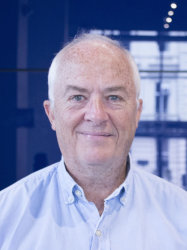BibTex format
@article{Haith:2016:10.1016/j.ndteint.2016.11.006,
author = {Haith, MI and Ewert, U and Hohendorf, S and Bellon, C and Deresch, A and Huthwaite, P and Lowe, MJS and Zscherpel, U},
doi = {10.1016/j.ndteint.2016.11.006},
journal = {NDT & E INTERNATIONAL},
pages = {113--122},
title = {Radiographic modelling for NDE of subsea pipelines},
url = {http://dx.doi.org/10.1016/j.ndteint.2016.11.006},
volume = {86},
year = {2016}
}

